
The 1960s, often referred to as New Hollywood or The Hollywood Renaissance, was a truly pivotal time when the film industry underwent a seismic shift, revolutionizing how movies were made and consumed. Suddenly, directors emerged as the undisputed head honchos, while style and narrative embarked on rebellious new paths, pushing boundaries and challenging conventions. But amidst all this transformation, it was the leading ladies who truly left movie-goers speechless, commanding the screen with an unmatched presence and undeniable talent.
This vibrant era wasn’t just about domestic stars; it was a global phenomenon that saw international actresses, from Italian star Sofia Loren to French heroine Catherine Deneuve, show the world what being a leading lady was all about. These remarkable women didn’t just act; they became cultural touchstones, trailblazers who broke boundaries and pioneered the way for future generations of actresses, inspiring awe with their classic roles and indelible performances.
Join us on a nostalgic journey as we pay tribute to some of the most remarkable leading ladies of the 1960s—the risk-takers, the rule-breakers, and the icons whose legacy continues to live on. We’ll look back on their groundbreaking roles and the unique style they brought to the screen, celebrating how these ambitious women left an indelible mark on pop culture during the magical, turbulent decade that was the 1960s. Prepare to be inspired by their fearlessness and determination!
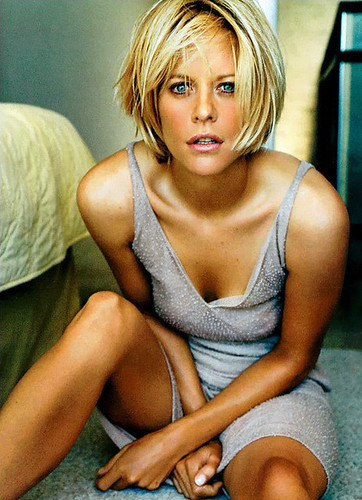
1. **Ursula Andress: The Quintessential Bond Girl**Born on March 19, 1936, in Ostermundigen, Switzerland, Ursula Andress came from a large family, one of six siblings. Her parents, Anna and Rolf Andress, managed a landscape gardening business. However, it was her mother’s Italian roots that sparked Andress’s early fascination with cinema, setting her on a path that would lead her far from her Swiss beginnings.
A desire to explore the world of acting led a young Andress to Paris, a bold move that marked the true beginning of her remarkable journey. Her early career in film started with minor roles in Italy, laying the groundwork for what would become an international sensation. It was a gradual build-up to her explosive moment in the spotlight.
Her breakthrough arrived in 1962, a year that would forever etch her name into cinematic history. Andress famously played Honey Ryder in *Dr. No*, the very first James Bond film, delivering a performance that redefined the role of a female lead in action cinema. Her iconic emergence from the sea in a white bikini instantly transformed her into a global sex symbol.
This singular scene, brimming with allure and confidence, not only solidified her status but also set the definitive tone for all future “Bond girls.” Throughout the 1960s and 70s, Andress continued to captivate audiences, showcasing her impressive versatility across a diverse range of European and Hollywood films. From lighthearted comedies to intense action and compelling dramas, she proved her talent knew no bounds. Her memorable performances in *Casino Royale* (1967), *The Sensuous Nurse* (1975), and *Clash of the Titans* (1981) are just a few examples of her wide-ranging appeal.
Away from the dazzling glare of the camera, Andress embraced a vibrant personal life. She was married to actor and director John Derek from 1957 to 1966, a period that saw the couple move to Hollywood in the early 1960s. This relocation perfectly coincided with the launch of her illustrious international career, marking a significant chapter both personally and professionally. After her divorce, she welcomed a son, Dimitri Hamlin, with actor Harry Hamlin in 1980, adding another dimension to her life story. Despite her glamorous public image, Andress has always valued her privacy, choosing to live away from the public eye in her later years, a testament to her desire for a quieter existence.

2. **Audrey Hepburn: Elegance Embodied and a Style Icon**Audrey Hepburn’s critical acclaim and social stardom truly exploded in the 1950s, captivating audiences with unforgettable films like *Roman Holiday* and her Broadway performance in *Ondine*. As the calendar turned to the 1960s, she gracefully ushered in the new decade with the movie most of us have heard the name of, the timeless classic *Breakfast at Tiffany’s*, a role that cemented her as an enduring style and cultural icon.
Her legendary performance as the free-spirited Holly Golightly charmed audiences worldwide, showcasing her unique blend of vulnerability and sophistication. But Hepburn was far from a one-note actress; she also demonstrated her remarkable depth of feeling in more serious movies, such as *The Children’s Hour*, proving her versatility beyond romantic comedies. She often collaborated with acclaimed filmmaker Blake Edwards, notably co-starring with the equally charming Cary Grant in the lighthearted caper film *Charade* in 1963, a delightful turn that further endeared her to viewers.
In 1964, her starring role in *My Fair Lady* not only showcased her musical talent but also played a significant part in earning the film its Academy Award and BAFTA for Best Picture. This performance underscored her ability to carry a major production and bring complex characters to life with grace and conviction. She later returned to the thrilling genre for *Wait Until Dark*, a role that garnered her nominations for an Academy Award, Golden Globe, and BAFTA, demonstrating her enduring ability to command the screen in diverse genres.
Beyond her cinematic achievements, Hepburn’s ageless elegance and classic grace made her an unparalleled style icon, inspiring generations with her sophisticated fashion sense. She was, and remains, the epitome of elegance, charm, and talent, seamlessly blending her captivating on-screen presence with a profound personal commitment to humanitarian causes. In the remaining decades of her life, she gracefully shifted her focus, contributing largely to UNICEF until her untimely death in 1992, leaving behind a legacy that transcends film and fashion, highlighting her exceptional position as a Hollywood icon who endured over the years.
Read more about: Hollywood’s Enduring Legacy: Octogenarian Icons and the Golden Age Legends Who Shaped Cinema

3. **Sophia Loren: The Sensual Siren of Italian Cinema**It may not come as a surprise to many that the stunning Sophia Loren first began her illustrious career as a model, her striking beauty undeniable even in her early years. However, a significant turning point came in 1956 when a pivotal contract with Paramount Pictures launched her into international stardom by the turn of the decade. This deal was the catalyst that propelled her from Italian cinema darling to a global sensation, making her name synonymous with beauty and raw talent.
Loren’s captivating presence transcended language barriers, and she achieved an incredible feat in 1962: she was the first actress to win an Oscar for a foreign-language performance, a groundbreaking award she earned for her intense and unforgettable role in *Two Women*. This powerful portrayal resonated deeply with audiences and critics alike, solidifying her status as a serious dramatic actress and expanding her reach far beyond Europe.
Her talent and enduring appeal are further evidenced by her record-holding achievements. Sophia Loren is a record holder for the most David di Donatello Awards for Best Actress, a testament to her consistent excellence and popularity in Italian cinema. She earned a remarkable total of six of these prestigious awards, with three stemming from her stellar performances in films during the dynamic 1960s and an additional three from films in the 1970s.
Throughout her career, Loren continued to captivate viewers across the globe with her sensual beauty and her alluring depictions of passionate, independent women. Her screen presence was magnetic, allowing her to portray characters with a depth and vibrancy that few could match. She quickly became a well-known international starlet, synonymous with a powerful blend of glamour and grit.
Most recently, Sophia Loren demonstrated her lasting charisma by starring in the 2009 musical *Nine*, where she held her own alongside a host of current leading ladies, proving that her star power truly never fades. Her career is a testament to the power of authentic talent and an unwavering screen presence, making her an icon whose legacy is both rich and timeless.
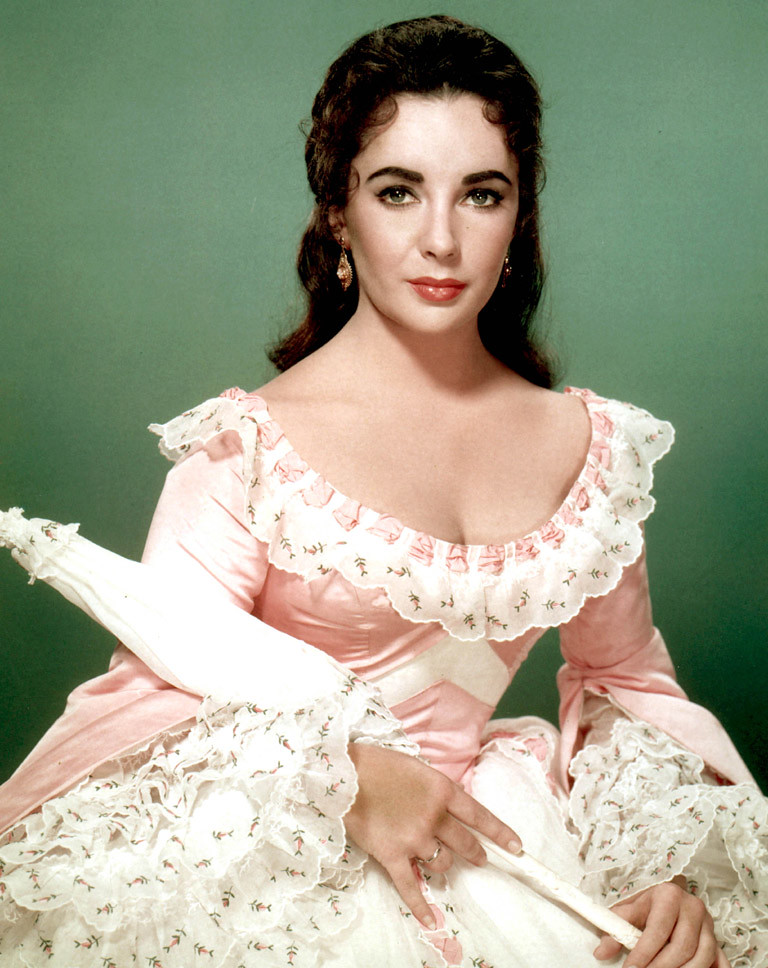
4. **Elizabeth Taylor: The Indomitable Diva of the Big Screen**Elizabeth Taylor, a name synonymous with Hollywood royalty, spent the majority of her young life gracing the screen, transitioning from a beloved child star of the 1940s to one of the top leading actresses in classic cinema throughout the 1950s. Though she had already won a Golden Globe for Best Actress in ’59, her most legendary chapter was just beginning as the 1960s dawned.
Her most epic and enduring role came as the lead in the monumental 1963 film *Cleopatra*, a production that was as grand as her performance. For this role, Taylor earned a record-breaking $1 million, an unprecedented sum at the time that firmly established her as the highest-paid actress in the world during the exciting, yet turbulent, 1960s. This film also marked the beginning of her legendary on-screen and off-screen partnership with co-star and husband, Richard Burton, with whom she went on to star in a dozen more films.
Beyond the lavish sets of *Cleopatra*, Taylor continued to make an indelible impression in crucial dramas such as *Who’s Afraid of Virginia Woolf?* Her ferocious portrayal in this critically acclaimed film earned her a second Academy Award, further solidifying her reputation as an actress of immense depth and power. She also delved into thrillers with a gloomy theme, showcasing her versatility in films like *Reflections in a Golden Eye*.
Elizabeth Taylor’s die-hard lifestyle, including her famously extravagant jewelry collection, which was regarded as the most expensive in the world, was meticulously followed by the media. This intense public fascination continued right up until her death in 2011, ensuring she remained a captivating figure. The violet-eyed legend truly ruled Hollywood for many years, her presence cementing her place in history as an unparalleled film star, always appealing and captivating on camera, using her exceptional talent and outstanding beauty to enthrall audiences worldwide.

5. **Julie Christie: The Bohemian Muse of Swinging London**Julie Christie, a British actress, emerged as a definitive icon of the “swinging London” era of the 1960s, a period characterized by cultural revolution and artistic expression. Her filmography speaks volumes about her impact, with an impressive six of her films appearing in the British Film Institute’s 100 greatest British films of the 20th century. Her breakthrough role came in 1963 in the film *Billy Liar*, which signaled the arrival of a major new talent on the screen.
Christie’s effortless talent and bohemian beauty saw her burst onto the 1960s film scene as one of the era’s quintessential leading ladies. Her portrayal in *Billy Liar* showcased her remarkable versatility, hinting at the profound depth she would bring to later roles. She quickly cemented her status as a silver-screen darling with her memorable performances in epics like *Doctor Zhivago* and *Far From The Madding Crowd*, films that captivated audiences globally and further propelled her into the international spotlight.
In 1965, her incredible performance in *Darling* earned her an Academy Award for Best Actress, a significant recognition of her exceptional skill and screen presence. The following year, she continued her impressive streak, starring in *Fahrenheit 451*, a thought-provoking film based on the classic novel by Ray Bradbury, demonstrating her willingness to take on complex and challenging material. More recently, Julie earned a BAFTA nomination for her role as Kate Winslet’s mother in *Finding Neverland*, proving her enduring talent and relevance across decades.
Christie exhibited an enigmatic magnetism that captivated audiences worldwide, making her a muse for photographers and directors alike. She possessed a unique ability to craft complex characters with grace and nuance, earning her numerous accolades including an Oscar, BAFTA, and Golden Globe for *Darling*. Her undisputed star power and chill sophistication made her a defining figure of the 1960s. Her films truly defined the decade as excellent, and her iconic style and creative audacity paved the way for generations of talented actresses, leaving an indelible mark on cinematic history.
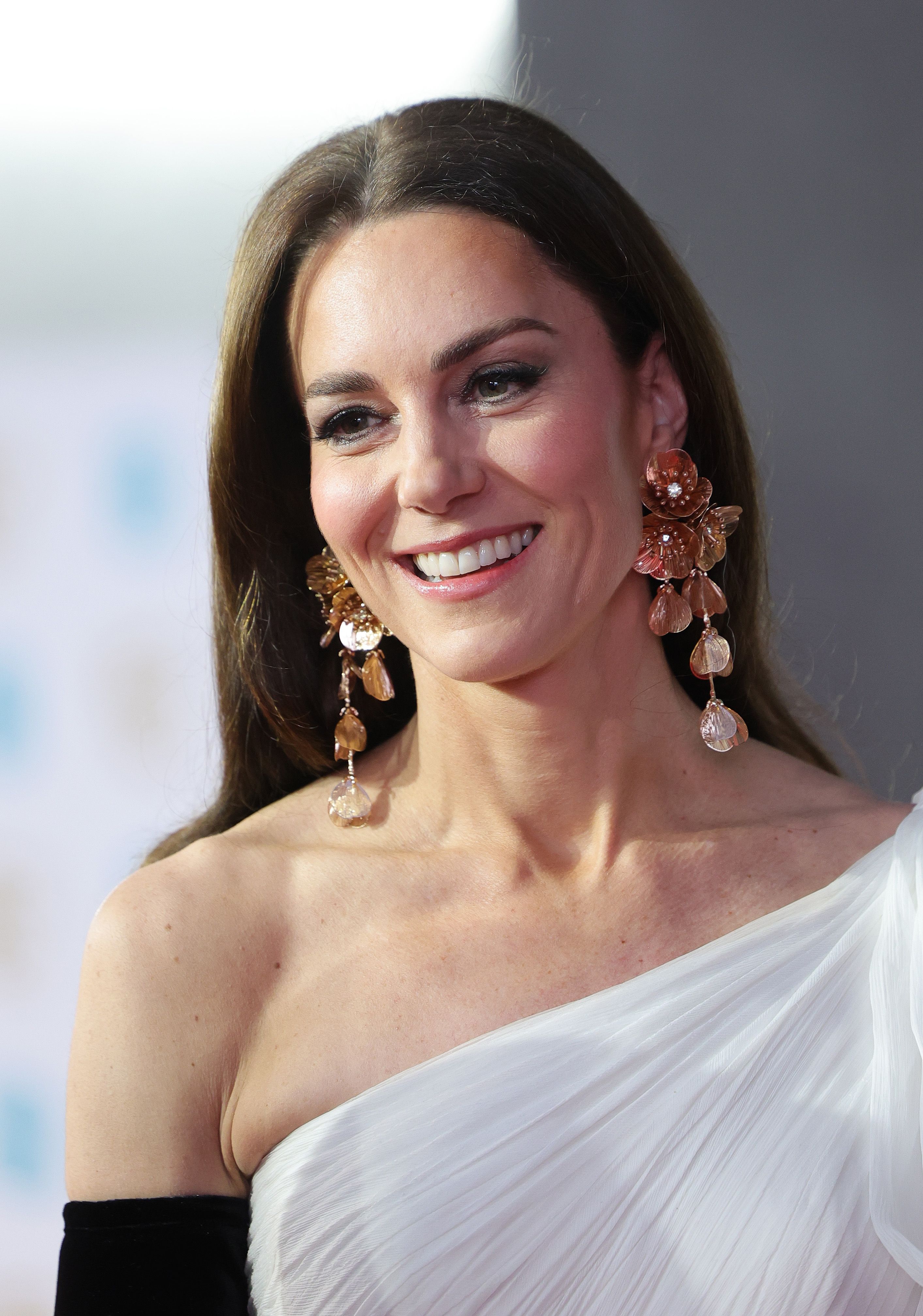
6. **Catherine Deneuve: The Epitome of French Chic and Enigma**French actress Catherine Deneuve elegantly entered the spotlight for her memorable role in the 1964 musical *The Umbrellas of Cherbourg*, a truly unique film whose dialogue is entirely sung. This unusual yet captivating project immediately set her apart, establishing her as a distinctive presence in European cinema. Her breakthrough as the dejected woman holding an umbrella showcased an ethereal elegance and a penetrating gaze that would become her signature.
In 1965, she ventured into British cinema with the psychological thriller *Repulsion*, followed by *A Matter of Resistance* in 1966, demonstrating her versatility across different national film industries. These roles introduced her captivating beauty and mysterious on-screen persona to a global audience, firmly establishing her as a worldwide celebrity in the 1960s and the very pinnacle of French elegance and grace.
As the decade turned, Deneuve continued her prolific career, starring in another French musical and a gripping thriller before setting her sights on American films. She graced the screen in *The April Fools* with Jack Lemmon and *Hustle* with Burt Reynolds, expanding her appeal to Hollywood audiences. Later, she even starred alongside musical legends David Bowie and Susan Sarandon in *The Hunger*, showcasing her timeless appeal and adaptability.
Beyond her acting prowess, Deneuve became a symbol for the Nouvelle Vague style thanks to her calm, cerebral mystery, frequently collaborating with legendary avant-garde filmmakers like Luis Buñuel and Jacques Demy. She was lauded as a convincing, cold-blooded Hitchcock blonde, yet also possessed the rare ability to imbue sad characters with profound complexity. She was the epitome of cool, enigmatic femininity in the avant-garde 1960s, captivating global audiences with her daring and sophisticated parts.
As an actress, Catherine Deneuve became a true legend during the pivotal 1960s decade, thanks to her understated yet remarkably strong acting and an ageless refinement that continues to inspire. Her influential performances and iconic style have left an indelible mark on both French and international cinema, making her a celebrated figure whose legacy endures.

7. **Julie Andrews: The Beloved Songbird of Hollywood Musicals**Julie Andrews began her illustrious career as a child star, gracing the stage and landing her first Broadway part at the tender age of 19. Her natural talent and luminous presence quickly made her a theatrical sensation, but it was her transition to film in the 1960s that truly captured the hearts of audiences worldwide and immortalized her as a cinematic legend.
Her first time on film, in 1964, was in the everlasting role of Mary Poppins, a performance that enchanted millions. Andrews became synonymous with bringing the magical nanny to life, and for this iconic portrayal, she deservedly won the Academy Award for Best Actress. Her flawless soprano voice and pure beauty, combined with her happy on-screen persona, captivated audiences and established her as a global superstar.
The following year, she continued her extraordinary success, winning a Golden Globe for Best Actress for her lead role in *The Sound of Music*. In this beloved musical, she once again enchanted viewers, giving the part of Maria an eternal life and solidifying her status as the beloved songbird of Hollywood. These two roles, back-to-back, cemented her as a formidable force in the entertainment industry.
Around the same time, Andrews bravely detoured from her musical triumphs to take on more serious roles in films such as *The Americanization of Emily*, *Hawaii*, and *Torn Curtain*. These performances showcased her versatility and proved she was capable of handling complex dramatic material beyond her charming musical characters. She rounded out the decade with additional musicals, including *Thoroughly Modern Millie* and *Star!*, further demonstrating her range and dedication to her craft.
In the 1960s, Julie Andrews truly personified traditional grace and optimism, whether she was gracefully floating above London’s rooftops or joyfully twirling atop a mountain in Austria. Her irresistible talent and delightful spunk made her the most cherished songbird of the age on the silver screen, leaving an enduring legacy of joy, music, and unforgettable performances for generations to come.

8. **Shirley MacLaine: The Ever-Changing Hollywood Stalwart**When we talk about actresses who truly stood the test of time, Shirley MacLaine’s name shines brightly. She’s one of those incredible leading ladies from the 1960s who never really left the film industry. You might have even caught her in some recent flicks like *In Her Shoes*, *Rumor Has It…*, *Steel Magnolias*, or *Valentine’s Day*, proving her star power is truly ageless.
Her early career took off with a bang, including a Golden Globe for a breakout role in a Hitchcock film and a major Academy Award for Best Actress in *The Apartment*, showcasing her diverse skills. She also replaced Marilyn Monroe in films like *Irma la Douce* and wowed in musicals such as *Sweet Charity*, proving her versatility.
MacLaine wasn’t afraid to take artistic chances, bringing depth to roles like *The Children’s Hour* with Audrey Hepburn and later starring with Michael Caine in *Gambit*. Her dedication to complex characters solidified her reputation as a formidable and ever-evolving actor, always eager to push boundaries in the dynamic 1960s.
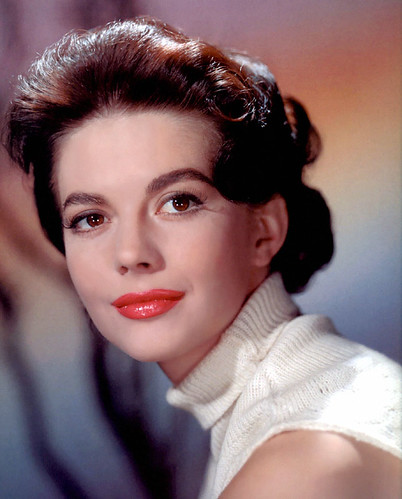
9. **Natalie Wood: From Child Star to Complex Leading Lady**Natalie Wood is another fascinating example of an actress who made the challenging but successful leap from child star to a celebrated leading lady during the vibrant 1960s. She graced the screen in a string of highly successful films early in the decade, showcasing her incredible range and undeniable talent in iconic roles like *West Side Story*, *Splendor in the Grass*, and *Love with the Proper Stranger*.
Her natural acting talent earned her multiple Oscar nominations before age 25, a truly remarkable achievement! She became known for playing complex young women and showcased her vocal talents in beloved musicals like *Gypsy* and, of course, *West Side Story*, while also shining in comedies such as *Sex and the Single Girl*.
Wood’s ability to portray the struggles and victories of regular women, making her both gorgeous and grounded, quickly made her a Hollywood celebrity. Tragically, her accomplished career was cut short in 1981, leaving an indelible mark as one of the decade’s leading ladies, whose girl-next-door charm remains timeless.
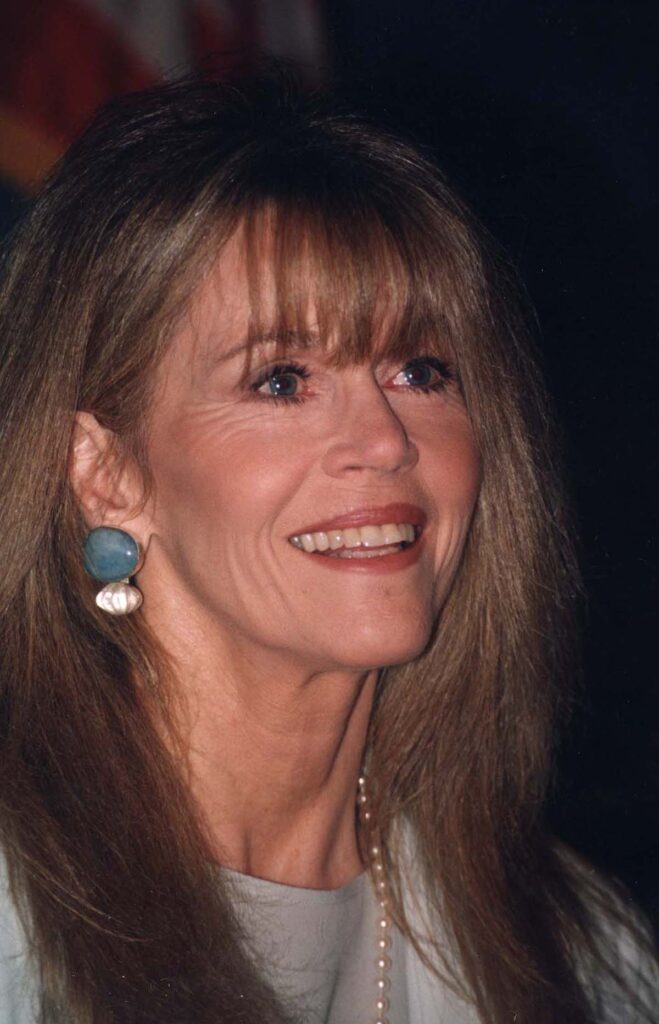
10. **Jane Fonda: The Fearless Dynamo of the Sixties and Beyond**Jane Fonda, a name synonymous with activism and undeniable talent, was a powerhouse during the 1960s, starring in dozens of films within that single decade alone. By 1963, her star was so bright that *Newsday* affectionately pegged her as “the loveliest and most gifted” new actress, a title that perfectly encapsulated her burgeoning career.
Her filmography during this period was as diverse as it was impactful. She appeared in *Cat Ballou*, a film that earned an impressive five Oscar nominations, demonstrating her ability to pick projects that resonated. She also commanded the screen in *The Chase*, working alongside fellow legends Robert Redford and Marlon Brando, further solidifying her standing among Hollywood’s elite.
A major turning point came with her award-winning role in 1969’s *They Shoot Horses, Don’t They?*, solidifying her dramatic depth. Interestingly, she famously turned down lead roles in *Rosemary’s Baby* and *Bonnie and Clyde* during this time, and after a break in 1991, made a triumphant return to acting in 2005.

11. **Brigitte Bardot: The French Siren’s International Crossover**Brigitte Bardot, the legendary French actress, first made a huge splash with her starring roles in French films towards the end of the 1950s, captivating audiences with her beauty and free spirit. As the 1960s unfolded, she gracefully transitioned into international films, bringing her unique charm to a global stage. Her role in *Dear Brigitte* in 1965, alongside the venerable James Stewart, was a resounding success around the world, solidifying her status as an international sensation.
However, her ventures into international co-productions had mixed results. *Two Weeks in September*, a French-English film from 1968, unfortunately, proved to be a flop. That same year, she starred in the Hollywood film *Shalako*, sharing the screen with the iconic Sean Connery, though it, too, didn’t quite become the box-office smash everyone hoped for.
Following these ventures, Bardot chose to return to French cinema before ultimately retiring from acting in 1973. Despite varied commercial success in Hollywood, her magnetic image and influence persisted, cementing her as an enduring cultural icon who challenged conventions and defined an era.
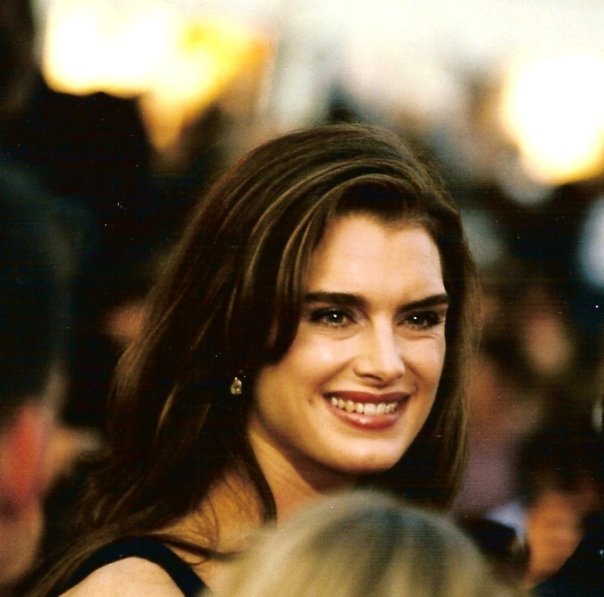
12. **Ann-Margret: The Triple Threat Who Danced and Sang Her Way to Stardom**Talk about a whirlwind career start! Ann-Margret signed with 20th Century Fox in 1961 and made her memorable debut in *Pocketful of Miracles* alongside the incomparable Bette Davis. But it was after appearing in *State Fair* that she truly hit superstardom with her electrifying role in the 1963 musical *Bye Bye Birdie*. Her vibrant energy and incredible stage presence were simply undeniable.
The following year, she solidified her status as a Hollywood darling by starring with the King of Rock and Roll himself, Elvis Presley, in the cult classic *Viva Las Vegas*. This film not only showcased her acting and singing chops but also her undeniable chemistry with Elvis, making it an instant hit with audiences. She continued her impressive run in *The Cincinnati Kid* with Steve McQueen in 1965 and *Murderers’ Row* with Dean Martin in 1966, proving her versatility across genres.
Ann-Margret also conquered television with *The Ann-Margret Show* in 1968, and her follow-up special, featuring Lucille Ball, even earned an Emmy nomination. Her unique blend of glamour, sex appeal, and raw talent made her a dynamic entertainer and a beloved icon of the 1960s, influencing popular culture with her vibrant spirit.
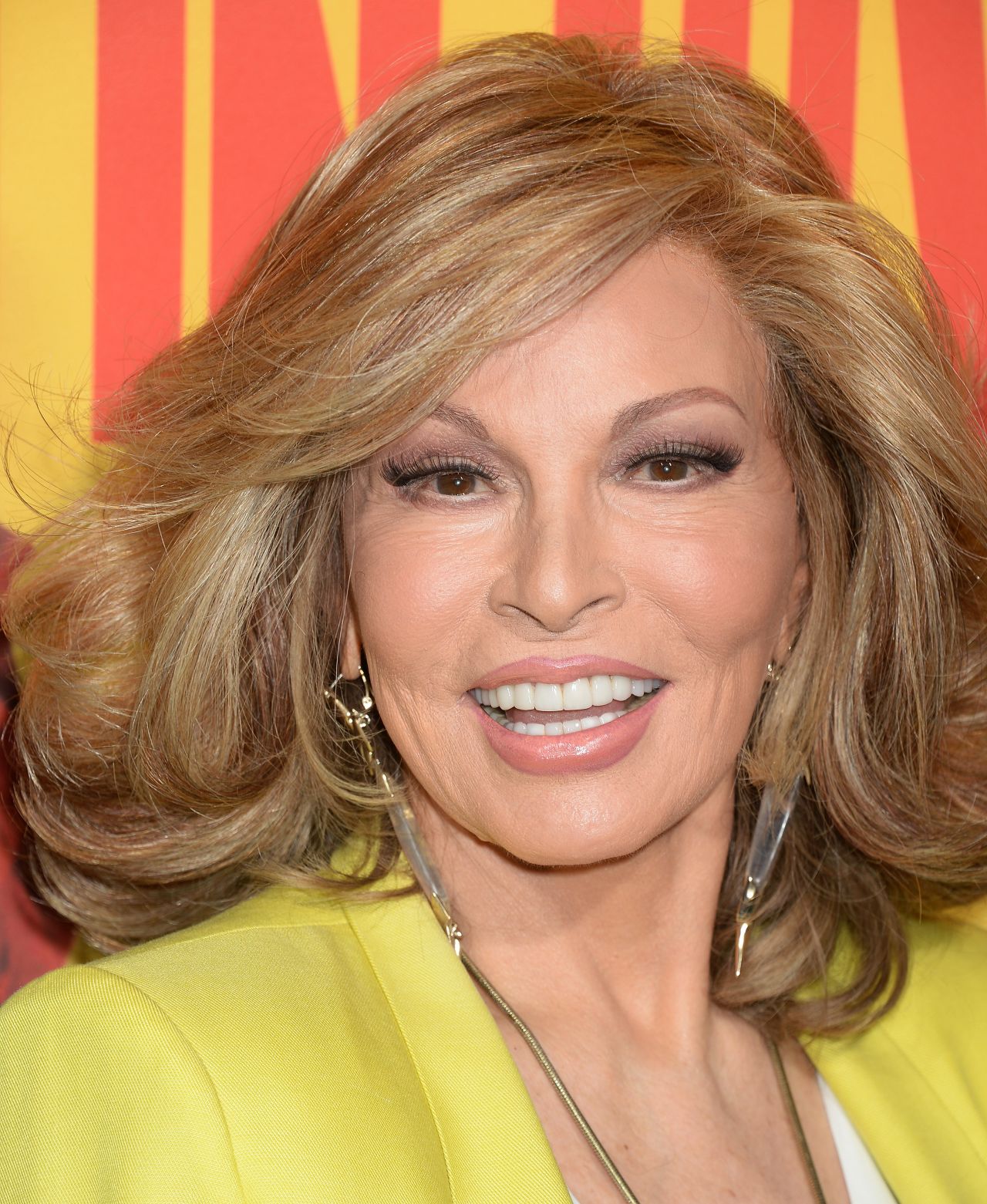
13. **Raquel Welch: The Glamour Icon Who Shattered Stereotypes**Before she became a global sensation, Raquel Welch’s path to stardom was quite the journey! She started out working as a weather forecaster in Texas and even as a model in San Diego before making the bold move to Los Angeles to pursue her film aspirations. Throughout 1964, she landed several small roles in films and television series, patiently building her resume.
Her first significant feature film role came in 1965 with the beach film *Swingin’ Summer*, a stepping stone that hinted at her burgeoning star power. But it was her recognition by *Life* magazine and subsequent signing with 20th Century Fox that truly set the stage for her breakthrough. In 1966, she landed a lead role in *Fantastic Voyage*, a film that catapulted her into full-fledged stardom almost overnight.
A publicity still from *One Million Years B.C.*, featuring her iconic fur bikini, became a best-selling poster, paradoxically helping to break traditional ‘dream girl’ stereotypes. By the end of the 1960s, Raquel Welch was an undisputed international success, becoming a cultural phenomenon and a symbol of confident femininity, whose legendary status endures after her passing in 2023.
_(cropped).jpg/440px-Barbra_Streisand_with_Francis_Collins_and_Anthony_Fauci_(27806589237)_(cropped).jpg)
14. **Barbra Streisand: The Unstoppable Voice and Visionary**In the swinging 1960s, a star unlike any other rose to unprecedented fame: Barbra Streisand. Her extraordinary talent and unique personality were simply undeniable. Before making her mark on the big screen, she absolutely dazzled audiences on Broadway with her critically acclaimed performance as Fanny Brice in *Funny Girl*. This powerhouse role not only earned her rave reviews but also an Oscar, an incredible feat for a stage-to-screen transition.
Streisand seamlessly moved into film, bringing her signature wit to comedies like *What’s Up, Doc?* and her soaring voice to musicals such as *Hello, Dolly*. Her audacious and emotional performances commanded attention, truly defining a new kind of multifaceted leading lady.
Her fantastic fusion of humor, acting, and singing set her apart, making her a unique movie phenomenon in the swinging 1960s. Barbra Streisand’s legacy is one of fearless artistry, a profound and lasting influence on the entertainment industry, and an inspiration to countless artists who strive for such versatility and impact.
**The Enduring Starlight of the Sixties: A Legacy That Shines On**
As our nostalgic journey through the 1960s comes to a close, it’s abundantly clear that this decade wasn’t just a period of cultural upheaval, but a golden age for actresses who truly redefined what it meant to be a leading lady. From the bohemian muses to the indomitable divas, these women didn’t just play roles; they inhabited them, imbuing their characters with a depth and authenticity that continues to resonate with audiences today. They challenged norms, broke records, and captivated millions with their talent, wit, and sheer star power.
Their influence extended beyond the silver screen, impacting fashion, social discourse, and paving the way for future generations of women in film. The fearless determination and creative audacity of these actresses ensured that their work transcended the transient nature of fame, becoming timeless contributions to cinematic history. Their legacies are not merely preserved in celluloid; they live on in the hearts of film lovers, in the styles they inspired, and in the enduring power of their unforgettable performances. The 1960s may be a rearview mirror moment, but the starlight of these magnificent women continues to illuminate Hollywood’s path, reminding us of a truly magical era.



